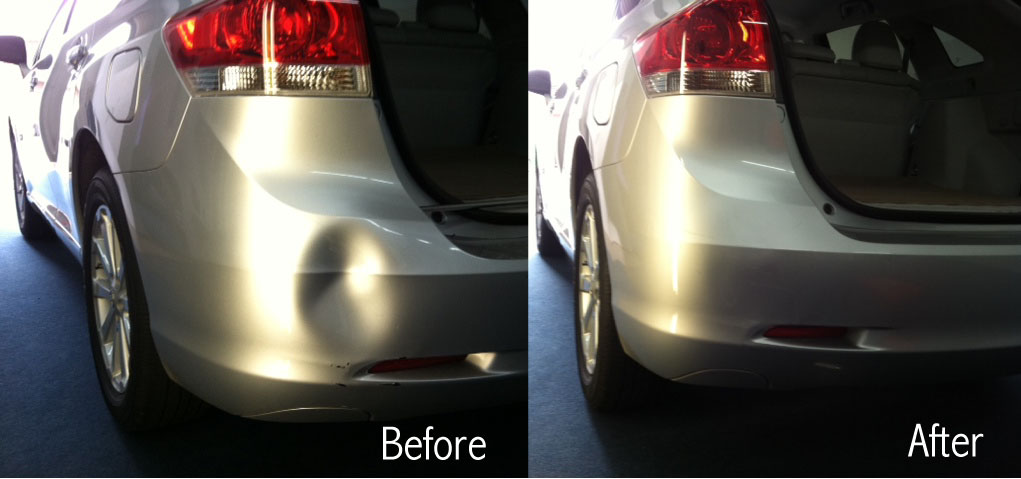Peel and stick wallpapers have made decorating easier and more accessible, allowing for a quick transformation of your space without the need for professional help. Find here some easy tips to ensure a smooth and successful installation process.
Prepare your wall surface:
Proper wall preparation is key to achieving a flawless finish with peel and stick wallpaper. Start by cleaning the wall thoroughly to remove any dust, dirt, or grease. Use a mild detergent and water to wash the surface, and then let it dry completely. Ensure the wall is smooth and free of imperfections; if necessary, fill in any holes or cracks and sand the surface until it is even. A clean, smooth wall provides a better adhesive bond and helps prevent bubbles or peeling.
Measure and cut wallpaper:
Before you start applying the wallpaper, measure the height and width of the wall to determine how much wallpaper you will need. It’s a good idea to cut the wallpaper strips slightly longer than needed to allow for adjustments. If your wallpaper has a pattern, ensure to align the design properly by matching patterns between strips. Cutting the wallpaper to the correct size beforehand makes the application process more straightforward.
Start from a corner:
Begin applying the wallpaper from one corner of the wall or near a reference point, such as a door or window. This ensures that any mismatches or imperfections will be less noticeable. Peel back a small portion of the backing paper and align the wallpaper with your starting point. Gradually peel away the backing while smoothing the wallpaper onto the wall with a wallpaper brush or squeegee. Start from the center and work your way outwards to avoid trapping air bubbles.
Smooth out air bubbles:
As you apply the wallpaper, use a wallpaper brush or a squeegee to smooth out air bubbles and ensure a smooth, even application. If you notice any bubbles or wrinkles, gently lift the wallpaper and reapply it, smoothing out the area as you go. For persistent bubbles, use a pin or needle to pop them and smooth out the area.
Trim excess wallpaper:
Once you have applied the wallpaper and smoothed it out, trim any excess material using a sharp utility knife or wallpaper cutter. Carefully cut along the edges where the wallpaper meets the ceiling, floor, or other surfaces. Ensure to use a straightedge or ruler as a guide to achieve clean, straight cuts.



